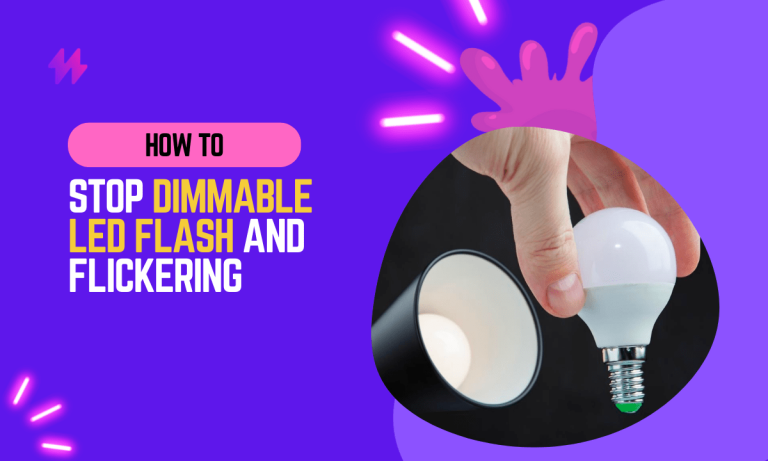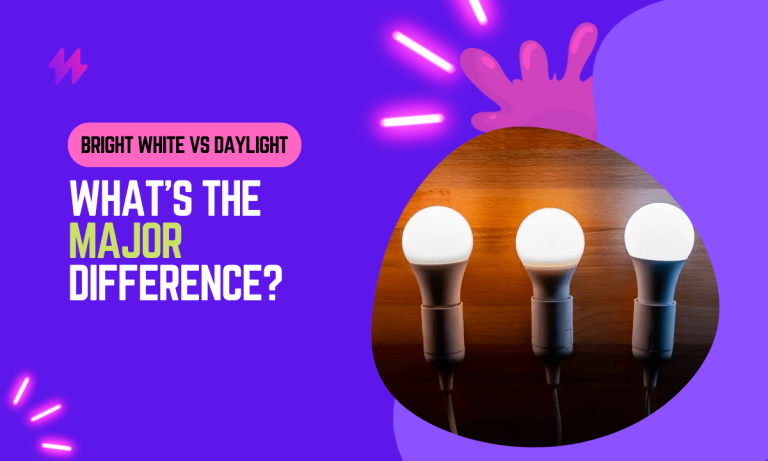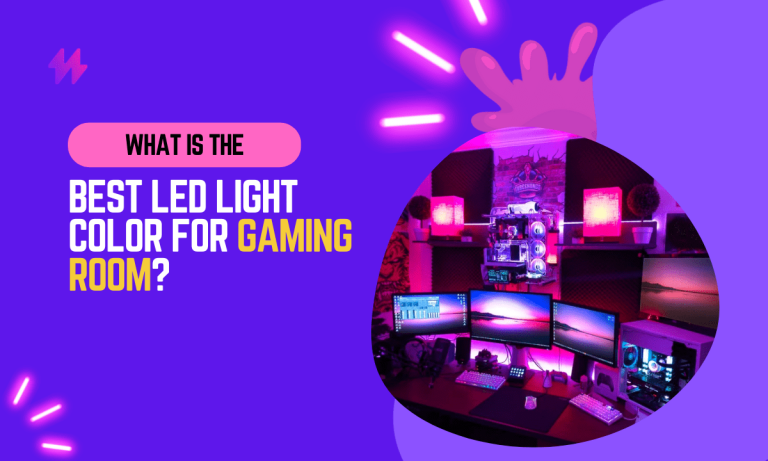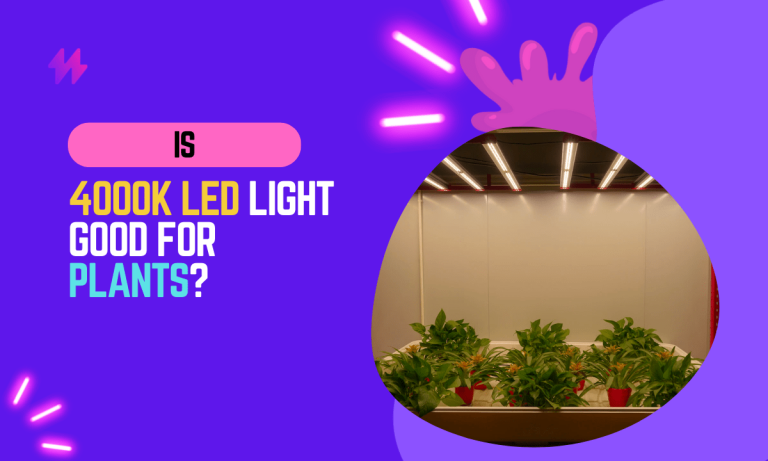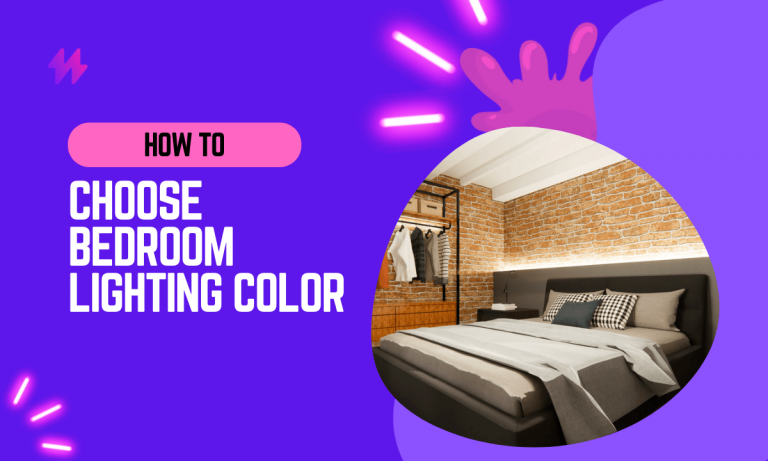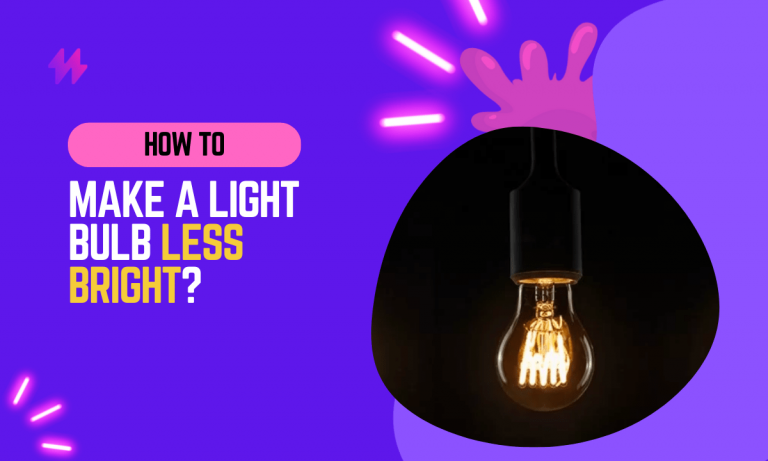How Bright is 300 Lumens? Your Lumens Brightness Guide
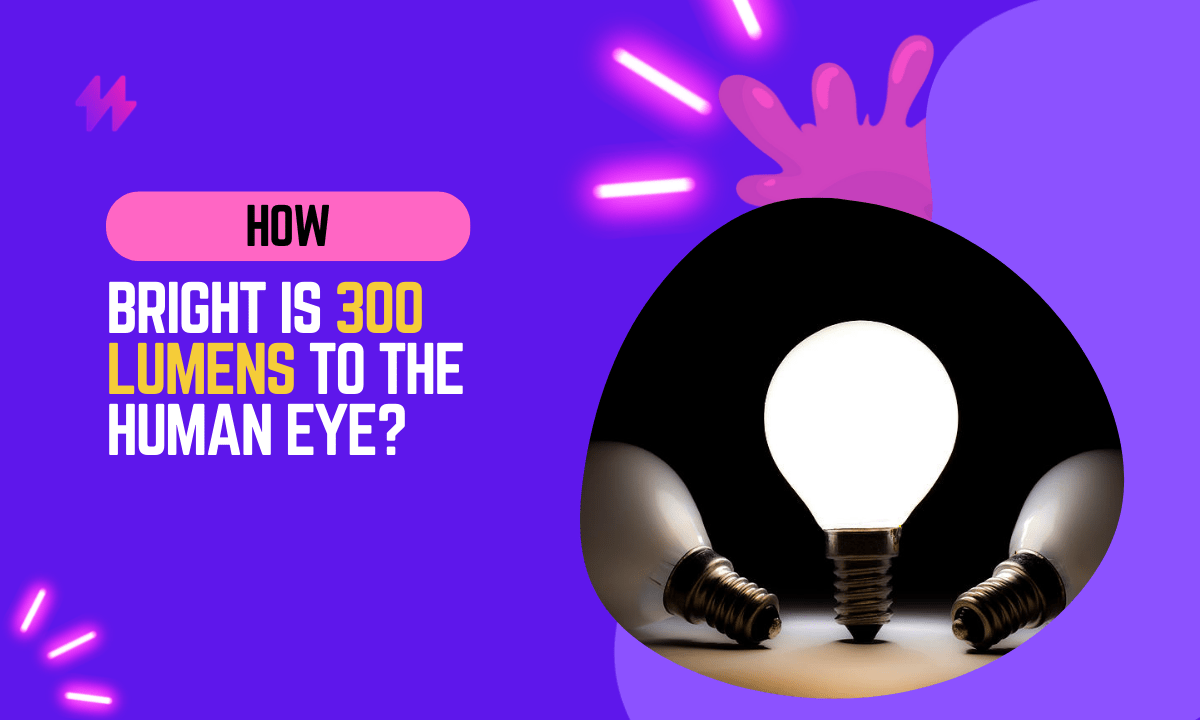
Lighting plays a crucial role in our daily lives, providing illumination, setting moods, and enhancing the overall ambiance of our surroundings. When it comes to evaluating the brightness of light sources, lumens are the key unit of measurement to consider.
In this blog post, we will look into the topic of how bright is 300 lumens truly. By exploring the concept of lumens and understanding their significance in determining brightness, we aim to shed light on the practical implications of this specific measurement.
What Are Lumens?
Lumens serve as a standard unit of measurement to quantify the total amount of visible light emitted by a light source. Unlike other measurements like watts, which indicate power consumption, lumens focus solely on the brightness of the light produced.
In simple terms, lumens represent the total “brightness” or “light output” of a source. The higher the number of lumens, the brighter the light will appear to the human eye.
While lumens are widely used, it’s important to understand how they relate to other commonly used lighting measurements.
- Candlepower: Candlepower refers to the measurement of light intensity in a specific direction. It was commonly used in the past but has been replaced mainly by lumens. Lumens provide a more comprehensive measure as they account for light emitted in all directions.
- Lux: Lux measures the amount of light falling on a surface per unit area. It indicates the illumination level or brightness experienced by an object or a specific area. Lux is particularly useful when evaluating the lighting conditions in a specific space, while lumens measure the total light output of a source.
Also read: How to Change White LED Light to Yellow Color
Different Light Brightness Levels
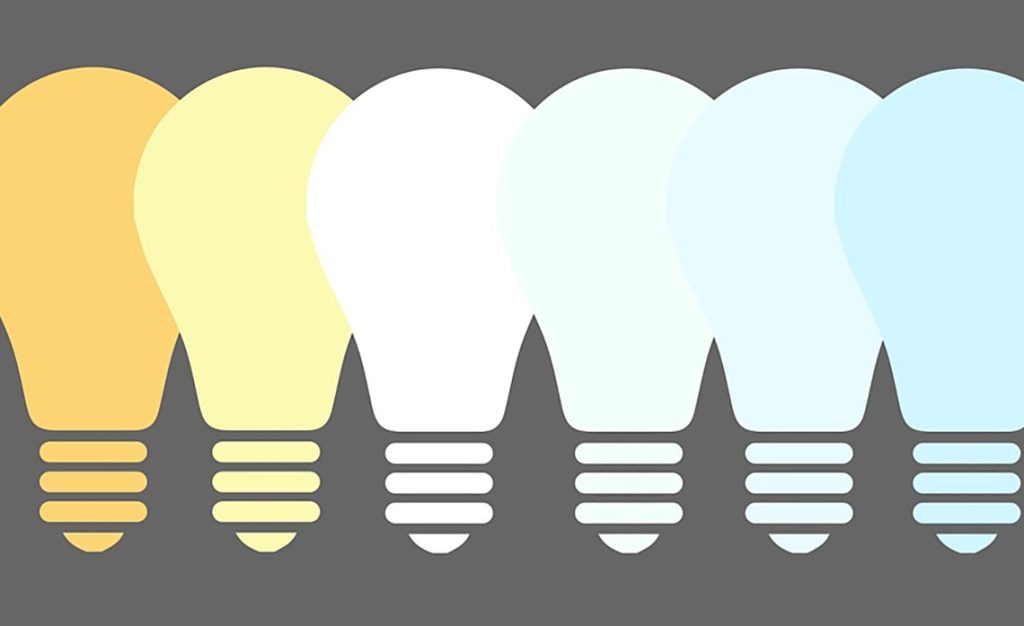
Lighting serves different purposes, and understanding the various levels of brightness required for different applications is essential. Here are three common levels of brightness:
Ambient Lighting
Ambient lighting provides overall illumination to a space. It ensures comfortable visibility without causing strain. Typically, ambient lighting requires a moderate level of brightness to evenly light up the area, allowing people to navigate and perform daily activities comfortably.
Task Lighting
Task lighting focuses on illuminating specific areas or tasks that require more concentrated light. Examples include reading, cooking, or working at a desk. Task lighting requires higher brightness levels to provide ample light for detail-oriented activities.
Accent Lighting
Accent lighting adds visual interest and highlights specific objects or areas within a space. It creates a focal point or adds a dramatic effect. Accent lighting generally utilizes lower brightness levels to create contrast and enhance the ambiance of a room.
You may also like: LED Light Colors, What They Mean, And Where To Use Them
Factors that affect perceived brightness
Several factors influence how we perceive the brightness of a light source:
- Distance: The distance between the light source and the object being illuminated affects perceived brightness. As the distance increases, the intensity of the light diminishes, and the brightness appears to decrease. Conversely, reducing the distance enhances the perceived brightness.
- Angle: The angle at which the light is emitted and the direction in which it falls on a surface affect how we perceive brightness. Light directed straight at an object tends to appear brighter than light coming from an angle.
- Light Source Efficiency: The efficiency of the light source, such as LED or incandescent bulbs, influences the perceived brightness. More efficient light sources can produce higher lumens per watt, resulting in a brighter output for the same amount of power consumed.
How Bright is 300 Lumens?

Lumens serve as a unit of measurement for brightness, and each lumen represents the intensity of light equivalent to that of a single candle. Therefore, when we refer to 300 lumens, we are describing a level of brightness comparable to the combined radiance of 300 candles.
Contextualizing 300 lumens in everyday examples.
Incandescent Bulbs
Traditional incandescent bulbs, commonly used in household lighting, typically range from 40 to 100 watts. A 40-watt incandescent bulb produces approximately 450 lumens, while a 60-watt bulb emits around 800 lumens. Therefore, 300 lumens can be considered equivalent to the brightness of a lower-wattage incandescent bulb, providing a moderate illumination level.
Flashlights
Flashlights often specify their light output in lumens. Basic handheld flashlights usually range from around 50 to 300 lumens, with 300 lumens considered on the higher end for standard consumer flashlights. It provides sufficient brightness for general outdoor use, such as camping or walking in dimly lit areas.
LED Bulbs
LED bulbs have gained popularity due to their energy efficiency and long lifespan. A typical 5-watt LED bulb produces approximately 450 lumens, which is equivalent to the brightness of a 40-watt incandescent bulb. Therefore, 300 lumens can be considered slightly dimmer than a typical LED bulb but still provides a noticeable amount of light.
Compact Fluorescent Lamps
CFLs are another energy-efficient lighting option. A CFL with a power consumption of around 7 to 9 watts can produce approximately 300 lumens. This indicates that 300 lumens are equivalent to the brightness of a compact fluorescent lamp of moderate wattage.
Also read: Warm White vs Cool White Lighting: Which is Better?
Is 300 Lumens Considered Bright?
In general, 300 lumens can be considered moderate to moderately bright. It provides enough illumination for certain tasks and smaller spaces but may not be sufficient for larger areas or tasks that require high levels of brightness.
For comparison, a typical 40-watt incandescent bulb produces around 450 lumens, while a 60-watt bulb emits around 800 lumens. Therefore, 300 lumens can be considered somewhat dimmer than these common household bulbs.
However, it’s important to note that brightness perception can vary based on individual preferences, the purpose of the lighting, and the environment in which it is used. In some cases, 300 lumens may be suitable and provide ample brightness, while in other situations, it may be perceived as too dim.
You may also like: How To Read Bulb Base Size and Type?
How Many Watts Is 300 Lumens LED?

The number of watts corresponding to 300 lumens in an LED bulb can vary depending on the efficiency and technology of the LED. LED bulbs are known for their energy efficiency, as they produce more light output (lumens) per watt compared to traditional incandescent bulbs.
As a general guideline, an LED bulb that produces approximately 300 lumens typically consumes around 3 to 5 watts of power.
However, it’s important to note that LED technology continues to advance, and there are now even more efficient LED bulbs that can produce 300 lumens or more with lower power consumption.
If you are interested in determining the wattage based on different types of light sources and their lumen output, check out our Lumen to Watt Calculator. This tool will provide you with a convenient way to estimate the power consumption required to achieve a specific level of brightness, helping you make informed decisions when selecting lighting options.
Final Words
In conclusion, understanding the brightness of 300 lumens is crucial for selecting the appropriate lighting for various environments and applications. A lumen is a unit of luminous flux and is a measure of the total quantity of visible light emitted by a source. The brightness level of 300 lumens is considered moderate; it is generally adequate for small, focused areas but not sufficient to illuminate large spaces effectively. For instance, 300 lumens can serve well in a bedside reading lamp, providing enough light for reading without causing strain or discomfort to the eyes. It can also be suitable for pathway lighting, small closets, or as accent lighting where ambiance rather than utility is the goal.
Moreover, when comparing lighting options, it’s essential to consider the specific needs of the space and the tasks being performed there. For larger spaces or where detailed tasks are carried out, such as kitchen counters or workspaces, more lumens would be necessary to ensure adequate visibility. Conversely, in areas designed for relaxation or conversation, like living rooms or dining areas, lower brightness might be more appropriate to create a welcoming and comfortable atmosphere. Understanding the concept of lumens and how it translates into real-world applications allows consumers to make informed decisions about their lighting solutions, optimizing both the functionality and the aesthetic appeal of their environments. This knowledge empowers individuals to tailor their lighting choices to their precise requirements, enhancing both the usability and enjoyment of their spaces.

